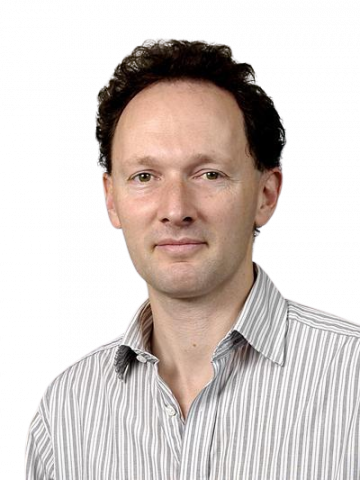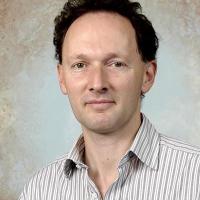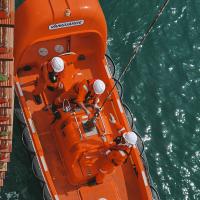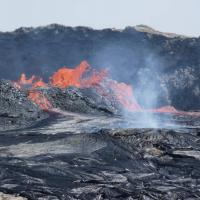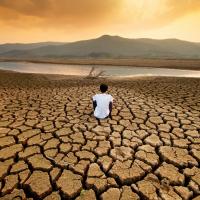Dealing with the billions of metric tonnes of carbon dioxide the world produces every year, is a race against time to restrict global temperature rise below 2°C by the end of this century. Large-scale removal of greenhouse gases will need to be part of the global response. However, a key issue is public confidence in the safety of carbon storage. Professor Jonathon Bull, and Professor Rachael James led a team of more than 20 researchers from Southampton to develop monitoring techniques to help make the process safe. This will ensure that CO₂ can be detected, in the unlikely event it escapes from storage.
The Strategies for Environmental Monitoring of Marine Carbon Capture and Storage (STEMM-CCS) project was funded by Horizon 2020 and drew on expertise from 14 institutions across Europe. It ran from 2016 to 2020. Southampton researchers developed the concept behind the project, alongside the National Oceanography Centre (NOC).
STEMM-CCS was focused on demonstrating that technologies exist which can monitor, measure and verify the source of any CO₂ escaping across the seabed.
Testing in the North Sea
The project involved the controlled release of CO₂, at a site in the North Sea. This was the world’s first ‘real world’ deep-water controlled experiment which simulated a submerged carbon dioxide storage reservoir.
The team put large tanks of pressurised CO₂ on the seabed, about 120 metres below the water surface and drilled a hole to release the CO₂. They were then able to test their acoustic and chemical sensing techniques by looking for the injected CO₂ and quantifying it.
Acoustic experiments
The acoustics experiments carried out, included bubble monitoring. The team used hydrophones to detect the sound of bubbles coming out of the sea bed. From that they could work out the quantity of CO₂ that was bubbling out.
Chemical detection
Chemical detection involved different types of sensors, including a pH sensor, to look for any injected CO₂ that had dissolved into the sediment pore waters and in the water overlying the seabed. The researchers also analysed inorganic carbon compounds in seawater samples.
As CO₂ is produced naturally in the marine environment, it was important to be certain that any chemical changes were caused by the injected CO₂. The team, therefore labelled the injected CO₂ with tiny quantities of non-toxic chemicals. Analyses on board the ship showed that water with high CO₂ also contained the labels. This confirmed that they had sampled the injected CO₂.
"This was the first time that these chemical labels had been used in the marine environment, and they worked really well."
Professor Rachael James
Use by energy companies
The monitoring techniques tested by the team proved that it is possible to detect small CO₂ leakages from sub-surface reservoirs. As a result, these techniques will help energy companies to plan their monitoring strategies at carbon storage sites and ensure they are safe.
However, there is still more work to do. Carbon sites will need to be monitored throughout their lifespan, which could be a period of 20 to 30 years. The challenge is to make this cost effective, so the team is now investigating the use of autonomous underwater vehicles to collect chemical and acoustic data.

